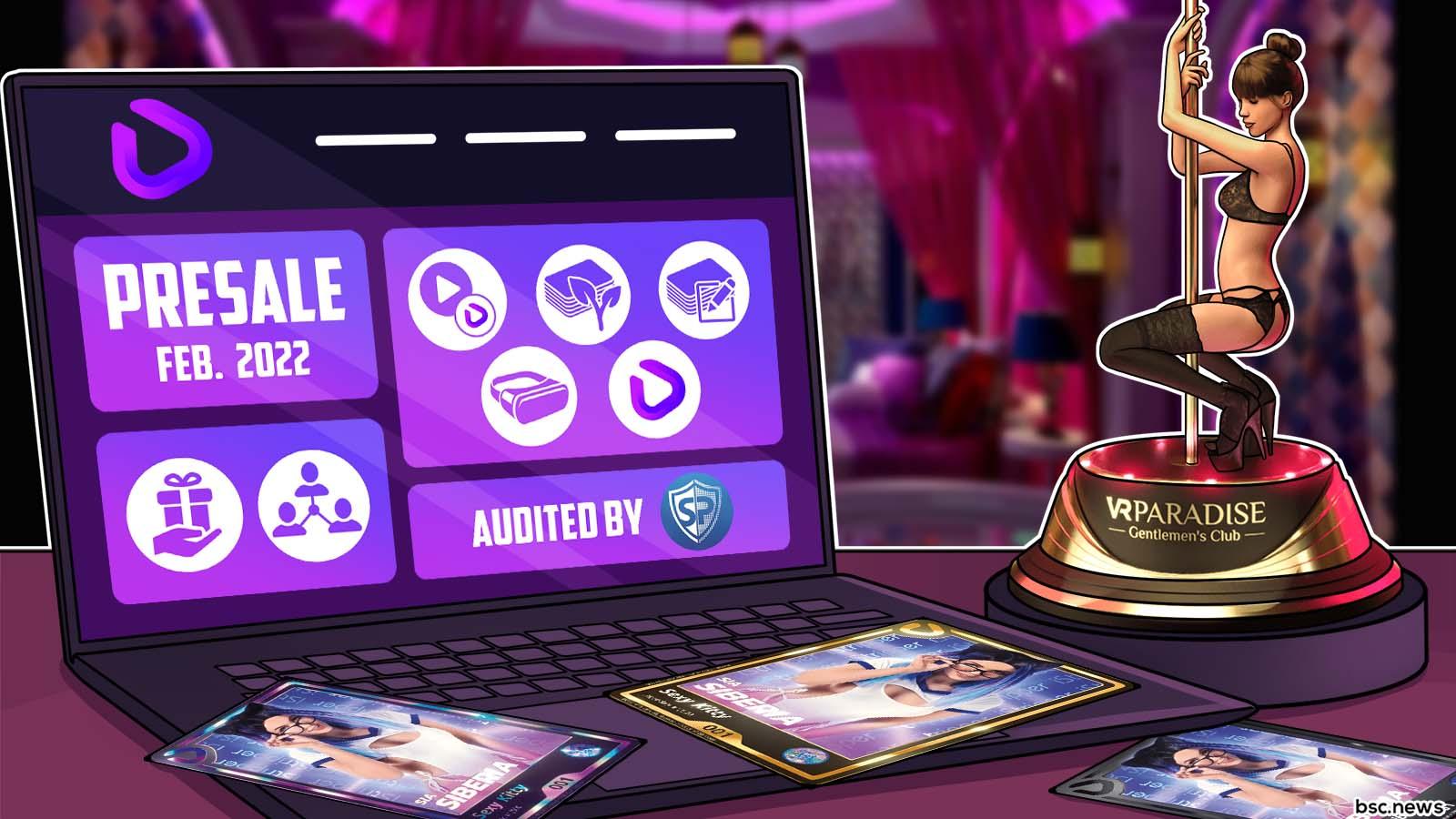At the start of 2017, we spoke about our marketing trend predictions for the year. As the year draws to a close, it is time to look back on a few of those trends and assess whether or not they made an impact. While some trends are still waiting in the wings, others have reached their predicted heights and some are even looking to go further next year. Let’s reflect…
1. Live-streaming
It is safe to say that live-streaming was an accurate prediction for 2017. With the introduction of Instagram Stories in late 2016, the high reach potential of live-streaming has multiplied. Instagram Stories has an estimated 250M users and the appeal of virtually experiencing an event in real-time is firmly established in the current social media savvy audience.
YouTube, Facebook Live and Periscope are other examples of successful live-streaming platforms and their success is rooted in the current demand for experience-based marketing. Tipped to be a hot trend of 2018, experience-based marketing engages directly with the audience and encourages participation. It makes people want to be part of something and that is what good event marketing is all about.
2. Virtual Reality (VR)
It feels like this trend has been on the predictions list for the last few years and has yet to fully make an impact. We know that technology in the virtual reality world is being developed rapidly and beyond what we ever thought was possible. However, while some excellent examples of VR exist, we have yet to see it everywhere.
Factors such as high costs and required access to specific equipment are barriers to its growth in popularity. Unlike live-streaming – which can be done via Instagram, for example, which is a free platform – VR isn’t as readily accessible. Once it does take off, we can’t wait to take part in such an immersive experience and explore a new level of experiential marketing. Maybe 2018 will be the year for VR? We will keep you posted.
3. Data
No surprises here – data was a buzz word of 2017. The deeper we dig, the more we realise the breadth of information available to us and the impact it has on audience identification and the remit of potential reach.
The adoption of online registration platforms and mobile event apps provides event organisers with an abundance of data – but the insight of this data goes beyond just registration and can shed light on what happens before, during, and after the event.
Similarly, monitoring social media platform data, via tools such as Google Analytics, allows for more accurate targeting. By connecting your Eventbrite page to Facebook and using pixels, you can run campaigns that promote your event to people who have visited your site but not booked (i.e. re-targeting) or even run promotional campaigns that target potential attendees who are similar to those who have already purchased a ticket. This is all possible due to the power of big data and algorithms.
Developments in this trend will only continue in 2018 – we look forward to seeing where it goes from here.
4. Distributed Commerce
An accurate prediction for 2017, distributed commerce also looks to be gaining speed for next year. The concept of distributed commerce is that it allows consumers to buy tickets wherever they discover the event. It hinges on the belief that a seamless customer journey is the best way to secure sales and guarantee repeat business.
Barriers to a seamless customer journey include pop-up windows and added costs at the final point of sale – event organisers should be aware of this as they select their ticket selling platform. Eventbrite’s integration with Facebook allows for ticket sales to happen on the social media platform, thus allowing the ticket buyer to stay on the discovery platform and not have to re-navigate. Results so far have seen sales increase 2X for those using the integration.
5. Personalisation/Customisation
Personalisation has been a dominant trend of 2017 with events investing in everything from tech enabling festival attendees to customise their weekend itinerary to expanded food and drink offerings catering for all allergies, diet choices and preferences.
In today’s world, social media users commit vast amounts of information to their social platforms – from check-ins at their favourite food spots to engagement with online conversations about topics of interest. They provide this personalised data journey through their online activity and event organisers looking to market an event to them should ensure that the event is a personalised experience too.
Additionally, our recent survey on millennials – aimed at uncovering how the generation really feels about live events – confirmed that, for this particular generation, experiences are hugely important. They know what they want and expect that the events they attend will allow them the immersive experience they look forward to.
Conclusion
Examining the hits and misses of trend predictions for 2017 is an interesting way to look back at the developments and changes in the industry as a whole and start looking to next year. By assessing what worked and what has yet to hit its peak, your marketing team can start planning their projects and spend. Over the coming weeks, and on into January, we will update the blog with trend predictions for 2018. Stay tuned.





